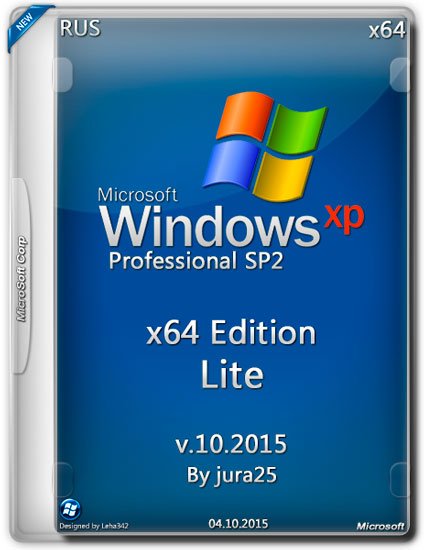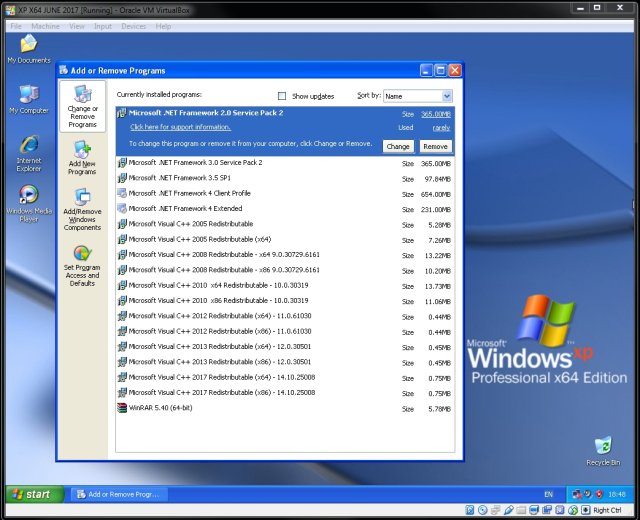


Obvious targets are heavyweight Photoshop application users – those who work in 3D CAD and model visualisation. The real win comes with huge applications needing vast amounts of memory. Killing off buffer overruns by using the processor and memory architecture is a snap, although some of this is in the 32-bit version too now, courtesy of SP 2’s Data Execution Protection (DEP). So why bother? Is it worth the effort? Well moving to 64-bit allows you to make best use of the latest technology in the 64-bit chipsets. You can mix and match to your heart’s content it simply won’t be obvious as to whether an application is 32-bit or 64-bit. If you have some 64-bit applications, then these will install and work fine too. Your existing 32-bit applications install and work just fine. Sit in front of it, and you won’t see the difference unless you go digging around for some small subtle changes. This is likely to be a relief to AMD, the supplier of the AMD64 and Opteron 64-bit processors, but the delay has actually been to the advantage of Microsoft.Īt the end of the day, XP 圆4 is identical in every way to the current version.

However, having got XP SP 2 out of the door, the focus has moved back to the XP 圆4 and Server SP 1 releases, and work has recommenced.

For anyone on the various beta-test cycles, it was a galling experience to see new builds of XP 圆4 and Server 2003 SP 1 simply dry up for most of 2004. And then the whole, formidable Microsoft machinery went into a deathmarch to get it shipped.Īs a result, a number of important releases got pushed to the back burners for many months – not just 64-bit Windows XP, but the 64-bit versions of Windows Server 2003, and the Server 2003 SP 1 release as well. The test teams were flat out doing all the testing, the coders were nailing down bugs in the code, and the marketing department went into overdrive. Getting such a monster upgrade/bug fix out of the door consumed all resources. It can all be blamed on XP Service Pack 2.


 0 kommentar(er)
0 kommentar(er)
